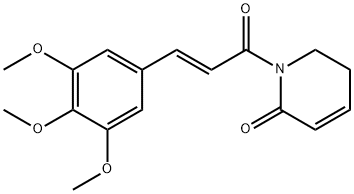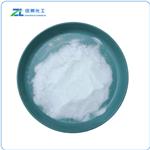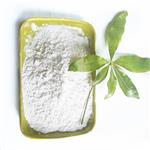Description
A piperidinone alkaloid present in Piper longum, the structure has been shown
to be N-(3:4:5-trimethoxycinnamoyl)-Lls-piperidin-2-one. In the plant, the base
occurs mainly in the roots.
Uses
anti-asthma, antibronchitis
Uses
Piperlongumine has been used to study the regulation of protein regulator of cytokinesis 1 (PRC1) expression. It has also been used to investigate its anti-tumor effects on human melanoma cells
in vitro.
Uses
Piperlongumine (PL), a new alkaloid abundantly present in Piper longum fruits strongly inhibited platelet cell aggregation. It may have anti-cancer properties. It selectively targets and kills cancer cells but leaving normal cells unharmed.
Definition
ChEBI: Piplartine is a member of cinnamamides and a dicarboximide.
General Description
Piperlongumine is an alkaloid, which is extracted from
Piper longum Linn. It exhibits anti-atherosclerotic, anxiolytic, antidiabetic, antidepressant, antibacterial, anti-platelet, aggregation, anxiolytic and anti-inflammatory properties. Piperlongumine prevents the production of tumor necrosis factor-α and interleukin-6. It blocks the activation of nuclear factor-κB (NF-κB) against proinflammatory responses. Piperlongumine inhibits plaque formation and inhibits vascular smooth muscle cell migration. It is used to treat cough, respiratory infections and stomach-ache.
Biochem/physiol Actions
Piperlongumine selectively kills cancer cells regardless of p53 status without harming normal cells. It binds to and inihbits proteins known to regulate oxidative stress, in particular, Glutathione S-transferase pi 1 (GSTP1). It increases the level of reactive oxygen species (ROS) and apoptotic cell death in cancer cells with little effect on either rapidly or slowly dividing primary normal cells. Piperlongumine showed significant antitumour effects in a variety of mouse tumour models and inhibited growth of spontaneously formed malignant breast tumours and their associated metastases.
target
P450 (e.g. CYP17) | Antifection
References
Chatterjee, Dutta., Tetrahedron, 23, 1769 (1967)




